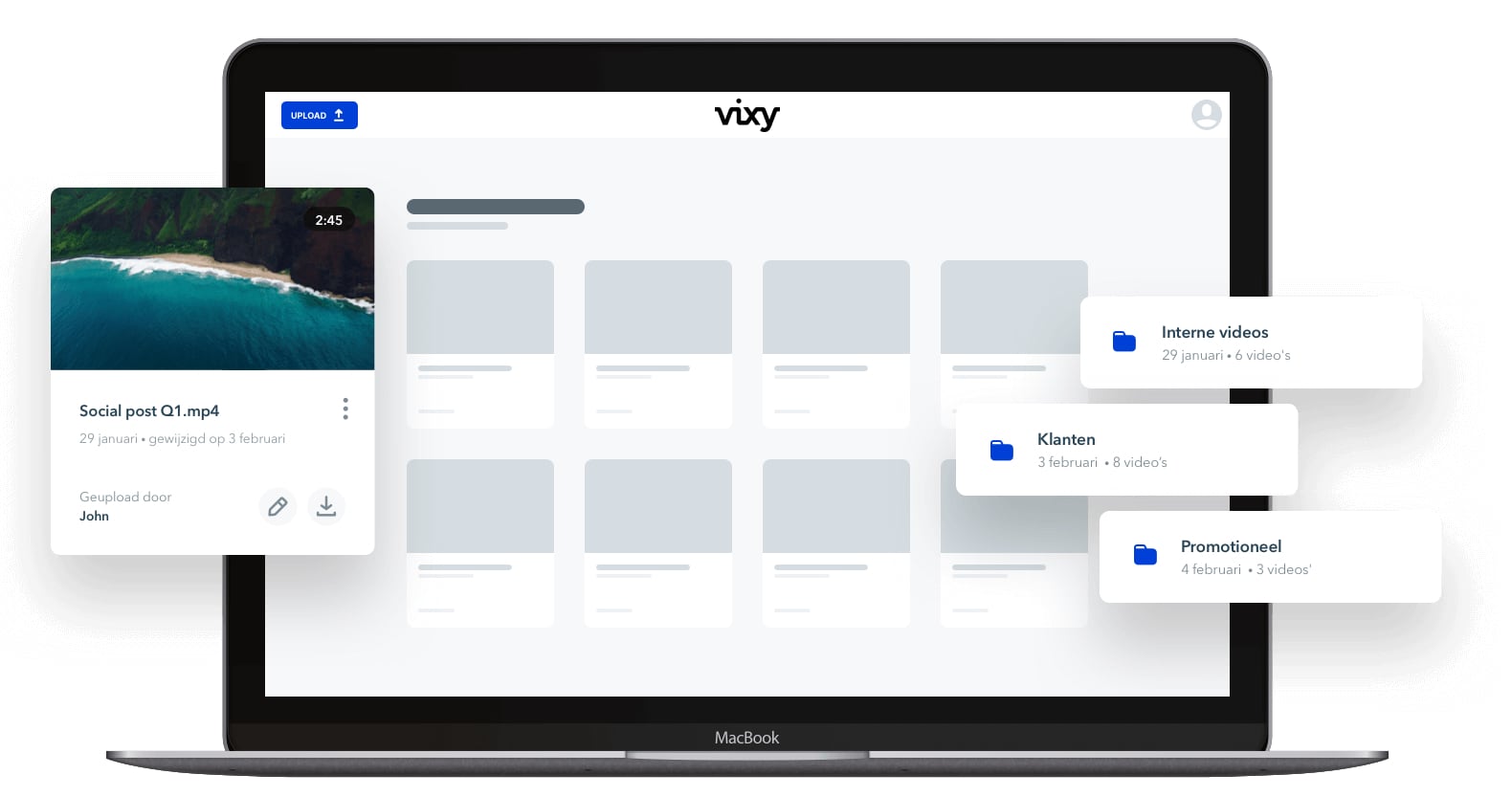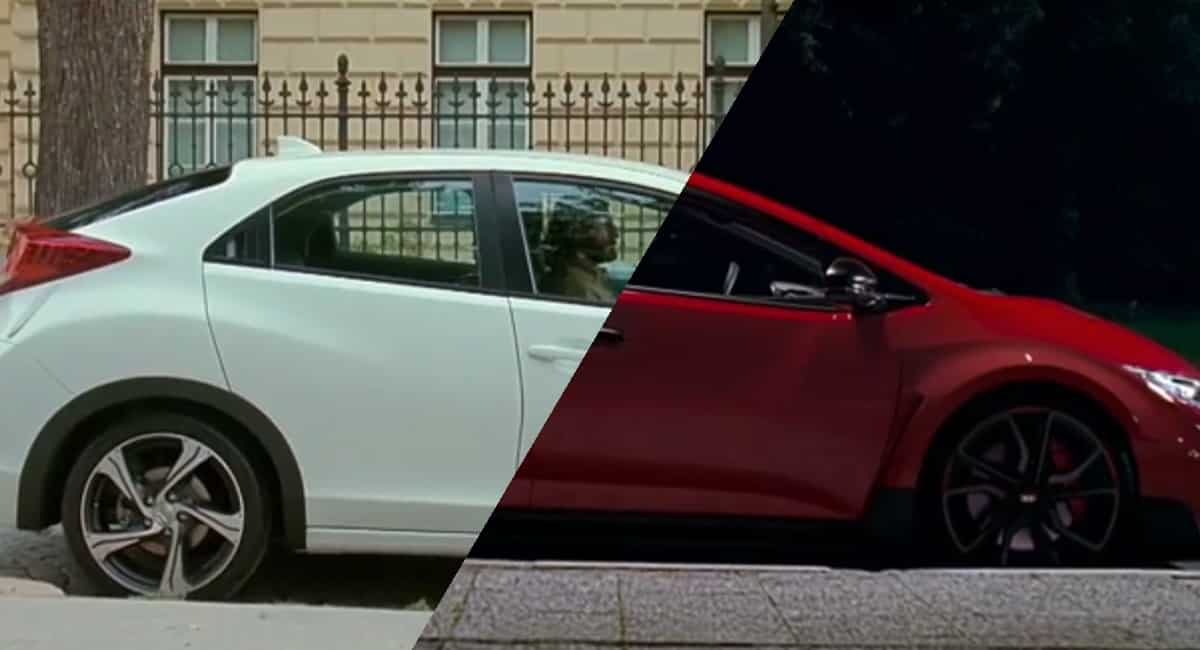Video Hosting: choose a reliable and flexible platform..

Video transcoding, otherwise called video encoding, is the process of converting a video file from one digital encoding format to one that is compatible and better-supported. This is a vital function when a target device does not support the current format of your media, or has limited storage capacity that requires a reduced file size (think going from WMV to MP4). It is also used to convert incompatible or obsolete data to a better-supported, read newer, video format.
Transcoding is a key task in an adaptive streaming workflow for video. This is typically done to ensure that viewers can stream video content at the highest possible quality and for ensuring your content can be viewed on the widest possible range of devices.
To stream a video, you’ll need a transcoding server, which encodes the transcoded video and sends it to a player that has the playback requirements of the device you want to consume the content on. For example, the player must be able to handle different types of streams (like ts or fmp4 for HLS), packaged in different protocols (like Dash or HLS).



